An ode to the churro, Madrid’s favourite snack . . .
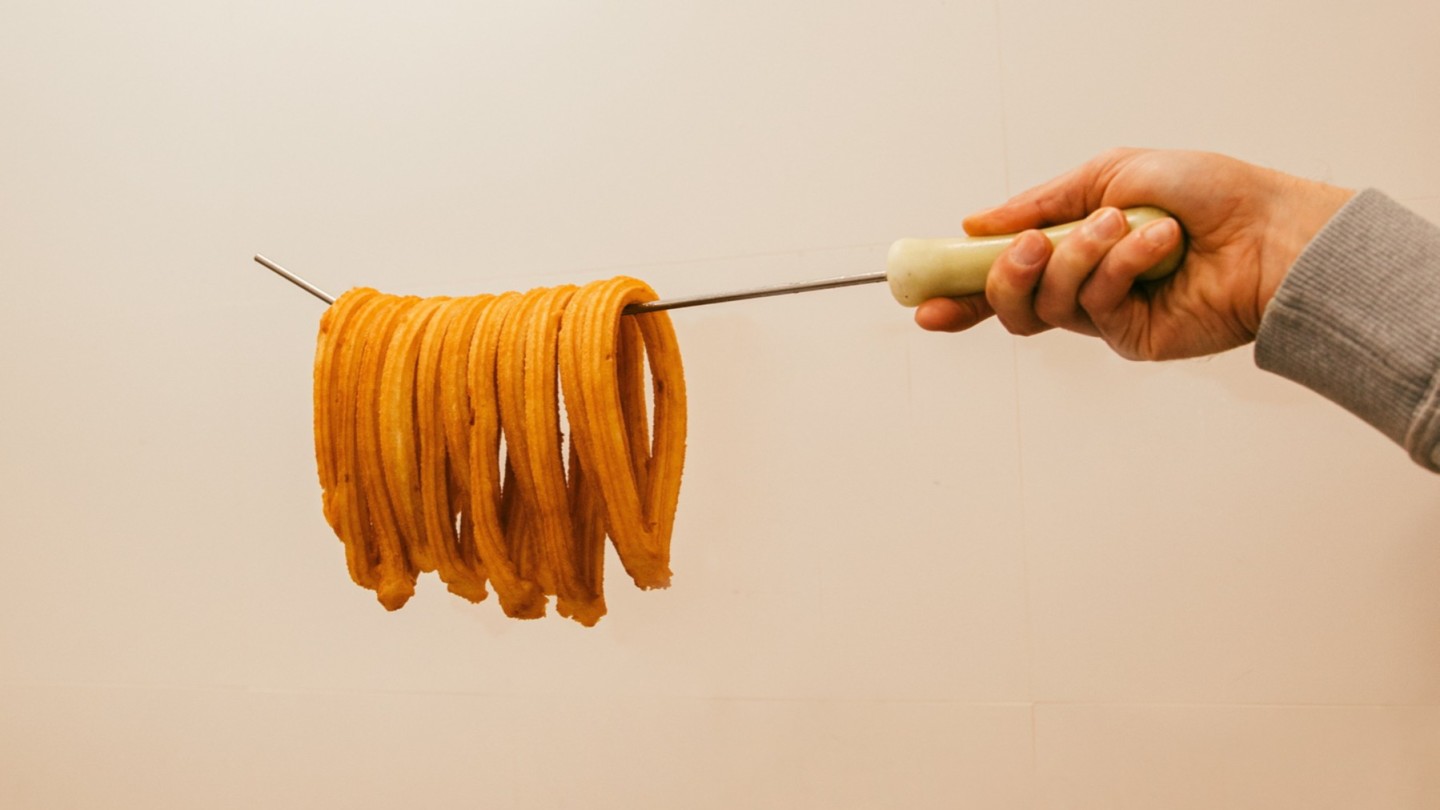
Roula Khalaf, Editor of the FT, selects her favourite stories in this weekly newsletter.
This article is part of a guide to Madrid from FT Globetrotter
“This burns,” a waitress warns, in Spanish, as she sets down a plate in front of me. It contains a single, golden, lasso-shaped churro straight from the giant stainless-steel fryer in back.
I’m at one of Madrid’s neighbourhood churrerías, which make and serve the ridged, skinny, fried-dough pastries that are eaten here and throughout Spain. This churrería is on the Calle Apodaca, a shady side street in the courthouse district that’s around the corner from where I’ve planted myself for a year.
Before I moved to Madrid, I’d seen churros around Latin America and in parts of the US, usually sprinkled with sugar or filled with chocolate. I’d thought they were mostly a sugary snack for kids, or something you bought at carnivals.
But in Spain, they’re usually savoury: a batter of flour, water and salt that’s fried in vegetable oil. Churros are also eaten by anyone, and often. Adults might have a few for breakfast, dipped in milky coffee or a cup of dense, velvety hot chocolate. Teenagers and twentysomethings will share a bag of them after a late night out, while children eat them as a treat for their Sunday merienda — the afternoon snack. Churros are especially popular in cold weather; it’s traditional to have them with hot chocolate for breakfast on New Year’s Day.
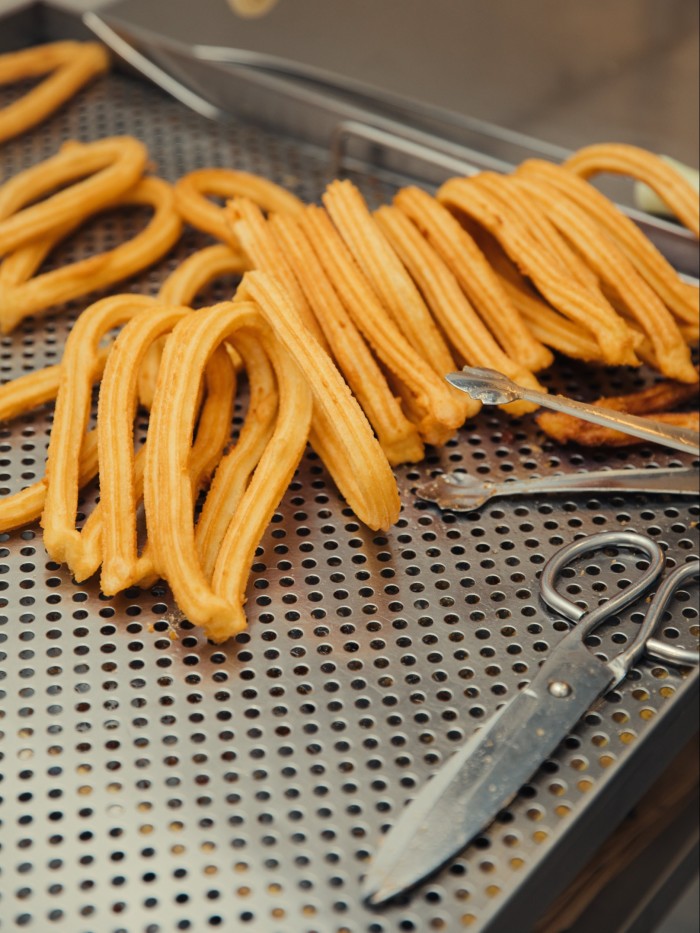
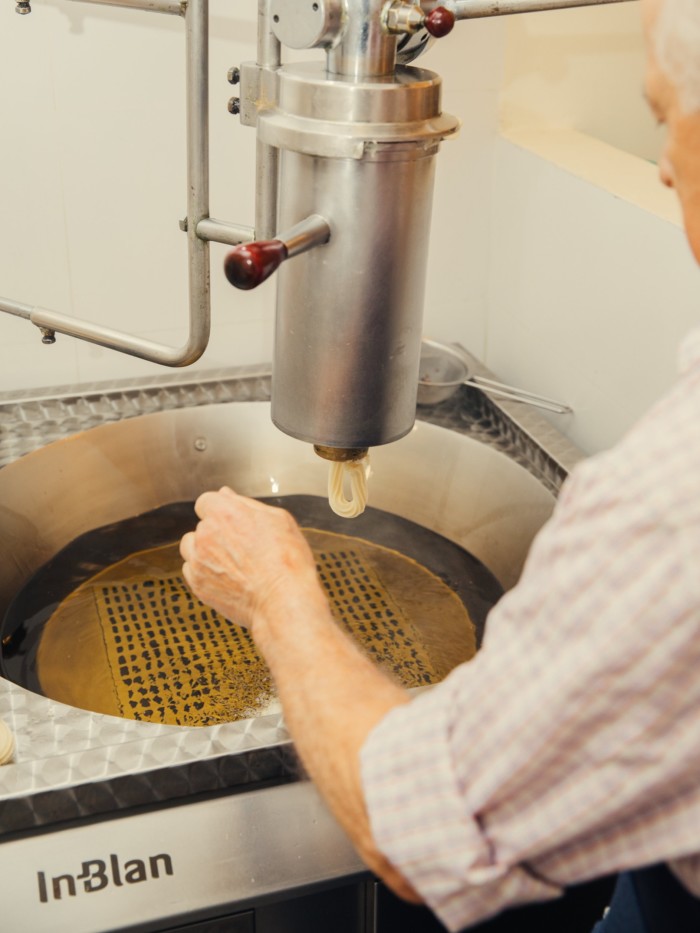
I’m drawn to churros because they feel integral to Madrid, as bagels are to New York and croissants to Paris. Yet like Madrid itself, churros lack the hype and iconic international status of these other foods, and residents mostly take them for granted (“banal but beloved,” is how one Madrileño described them to me). In Spanish, if you want to say that something comes quickly and easily, you append como churros to it; after an easy win, sports headlines might say the winning team scored goals “like churros”. You can usually buy three for €1.20.
Locals are amused that I take their simple local food seriously, and they reject all poetic interpretations of the dish. Some Madrid literary types balk when I suggest that churros are their equivalent of Proust’s madeleine, transporting them back to their childhoods. “They’re just churros,” someone insists, to nods.
Is that true? Are churros just crunchy dough or do they reveal something essential about Madrid? And what makes a good one?
Churros have been in Spain for a while. A recipe for a dish resembling them appears in an anonymous 13th-century cookbook, written in Arabic, from the period when the Iberian peninsula was under Moorish rule, says María Paz Moreno, author of Madrid: A Culinary History.
The name “churro” first appeared in cookbooks in the 1800s, possibly as an onomatopoeia for what the fritters sound like while cooking, Moreno says. It was a heyday for the dish: there are churrerías around Madrid that carry names like Madrid 1883 and Siglo XIX — 19th century.
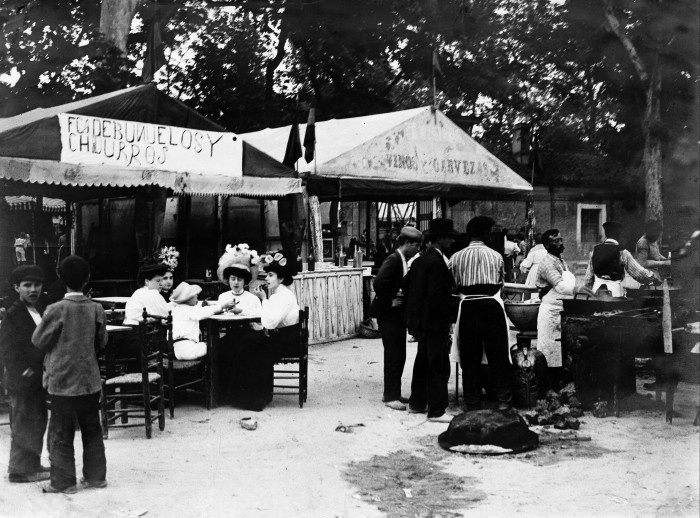
Into the 20th century, Madrid had a special labour union for makers of churros and fried dough balls called buñuelos. Old black-and-white photographs of Madrid inevitably feature groups of friends enjoying churros at outdoor tables. For much of that period, Spain was a poor dictatorship and largely closed to the world, making churros a bright spot. On long Sunday afternoons, a parent might carry home hot churros on a stick, or tied up with a reed known as a junco churrero.
That was if they could afford them. Pepe Chacel, a retired high-school teacher who’s a regular at my neighbourhood churrería on the Calle Apodaca, says his mother saved money by making churros at home. He still loves the dish, and stops in to eat some most mornings, but isn’t nostalgic for that period in his life. He remembers, aged nine, waiting in charity lines for milk. “There was a lot of hunger,” he says. “My childhood was what it was, but I wouldn’t want that for anyone.”
Madrileños are fond of their churros as well as their porras, the pastry’s thicker cousin that’s fried in a wide coil, then cut into arched strips. (A porra is a truncheon in Spanish). Delivery bikes cart orders of both around the city. There are recipes online, and supermarkets sell frozen churros that you can pop into a toaster.
Everyday consumers seem to skew older and working class. And as Madrid gets steadily richer, its city centre has become dotted with places that are too cosmopolitan and health-conscious for churros, including hipster coffee shops where a younger, wealthier clientele eat avocado toast and spend €4 on oat-milk lattes.
But churros endure alongside these.
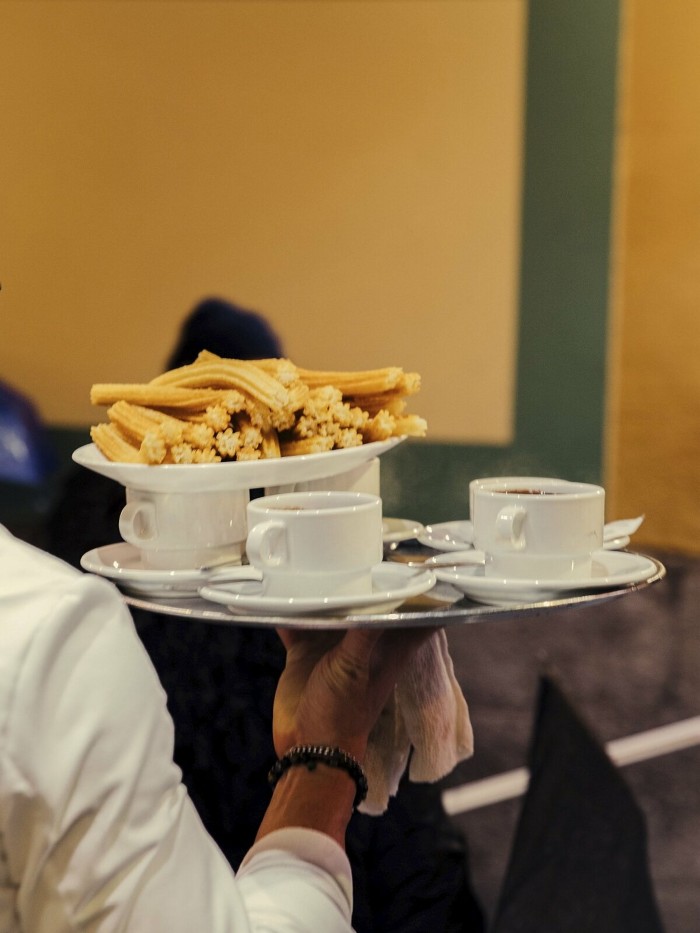
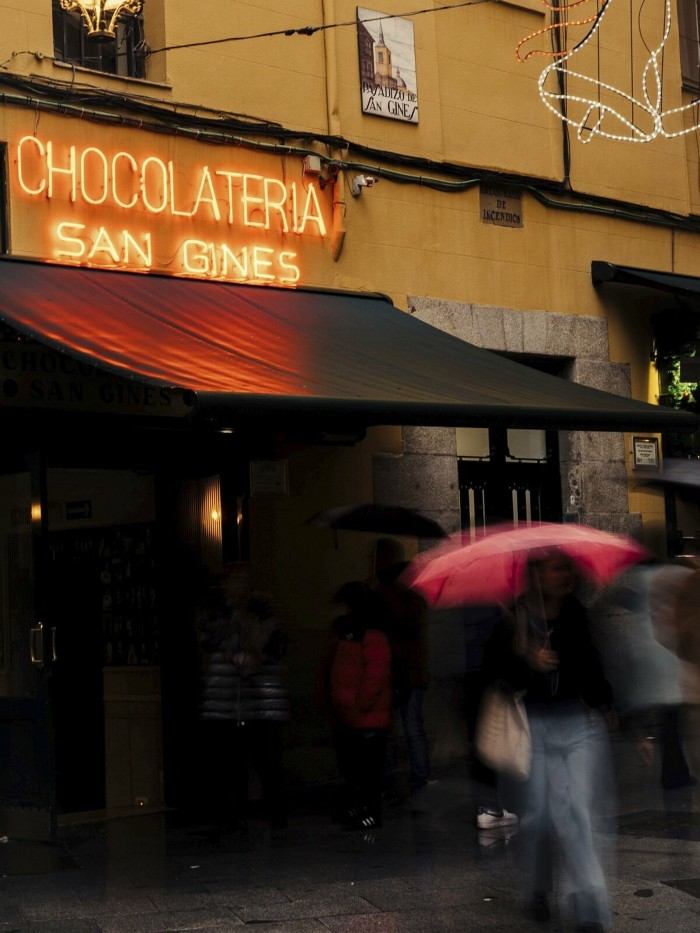
I set out to taste a variety of churros, starting at the Hard Rock Café of Madrid churrerías: Chocolatería San Ginés. It was founded in 1894 and has expanded to fill most of a pedestrians-only passage near Puerta del Sol.
San Ginés is big business. It claims to have sold nearly a billion churros, and has opened outposts in Colombia, China and Japan. Its sprawling Madrid location is packed with tourists and has an assembly-line feel: you stand in line to order from a harried cashier. (Six churros and a hot chocolate are €4.90).
Then you’re served uninspired, straight-line churros to dip into a chalky, joyless chocolate. (I prefer the lasso-shaped churros popular elsewhere in Madrid, for the toasty bite where the two sides meet.) “There are national dishes I don’t care for,” concluded the American visitor I brought with me.
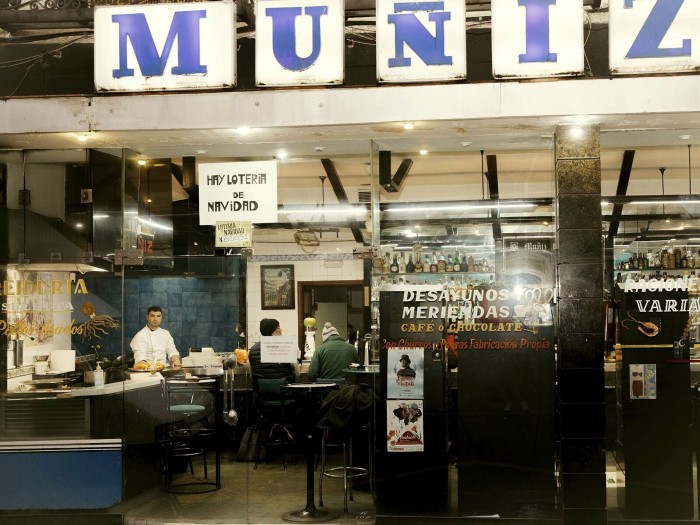
I gradually realise that Madrid’s best churrerías have a kind of non-ambience and don’t post historical claims on their walls. They’re quiet, low-key, neighbourhood joints such as Bar Muñiz, on the edge of the sprawling El Rastro flea market. Muñiz serves drinks and tapas too, and has a pleasing retro vibe. Its breakfast offering, desayuno con churros (€2.30), made in house, is the perfect fortification before wandering the market on weekend mornings.
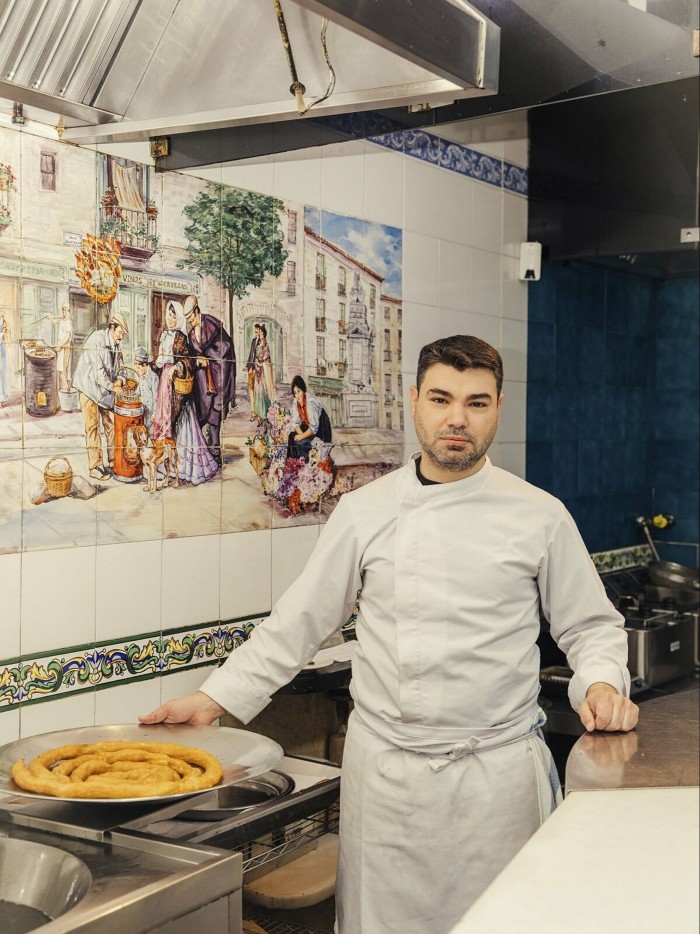
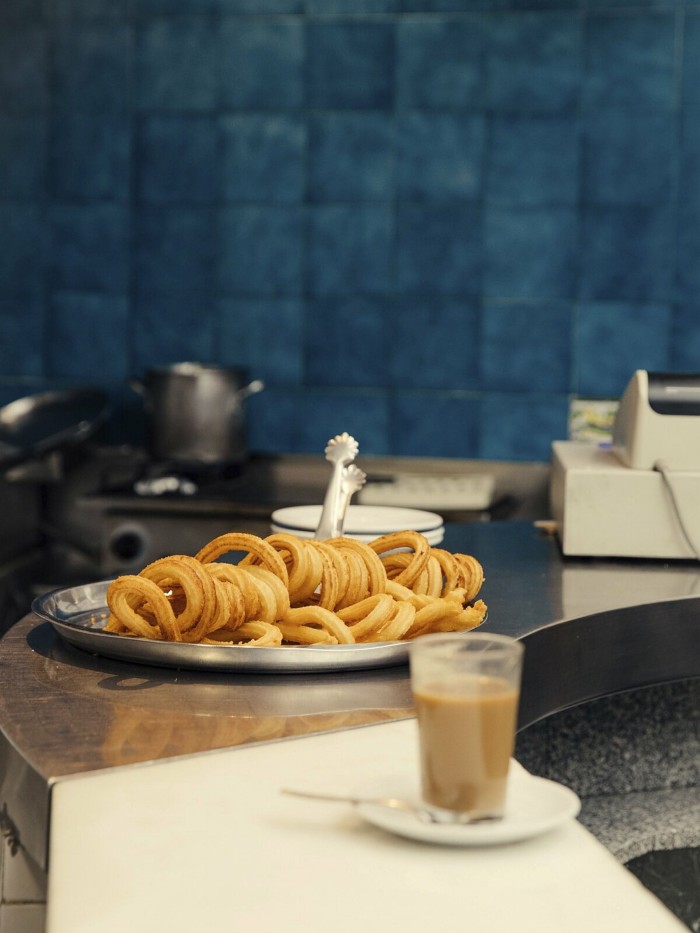
I also like the take-out only churrerías, which supply local bars and cafés too. At Churrería Santa Ana in El Rastro, a cook emerges holding a coil of porras, then uses a knife to cut me a crispy outer slice for 45 cents (the porra’s soft inner section costs double). It’s delicious, especially dipped in Santa Ana’s sublime hot chocolate. (Tourists often each buy their own hot chocolate, whereas Spaniards typically buy one to share.)
“What’s the secret to good churros?” I ask Santa Ana’s chef, who’s been working the fryer for 35 years.
“That I make them,” he says, smiling.
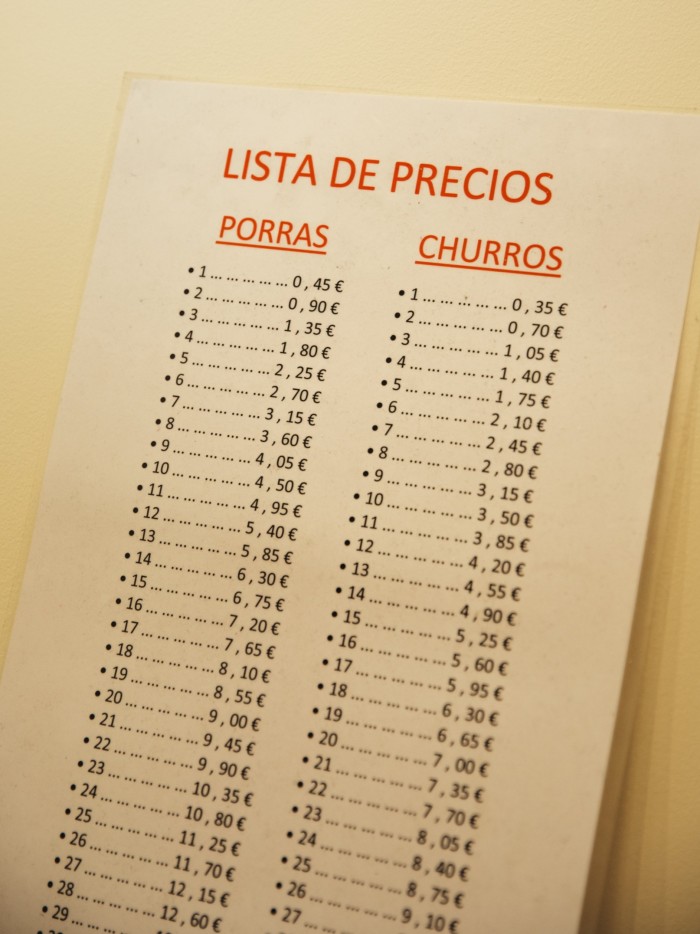
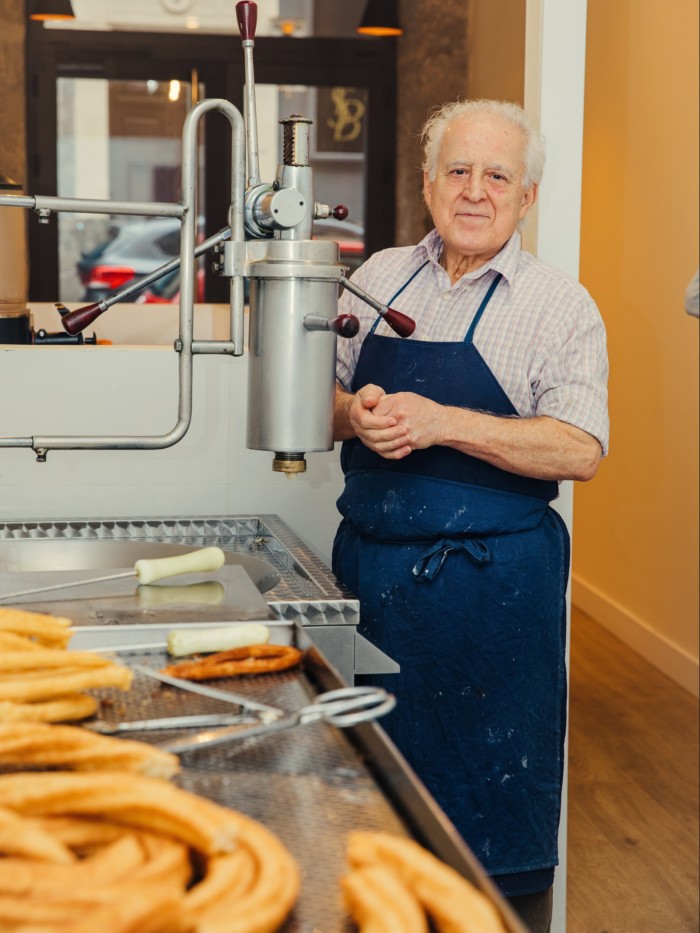
I have a similarly satisfying experience at Santa Teresa, another tiny take-out only churrería near the city centre. Zoilo Fernández, the 70-something churrero — himself the son of the founder — tells me he’s been making churros there for 40 years. (Apparently once you’re in the business, it’s hard to get out.) I buy his perfectly chewy churro for 35 cents.
Still, I keep coming back to my local churrería on the Calle Apodaca (a sign says La Antigua, but it’s unrelated to a chain that goes by the same name), where four churros plus a hot chocolate costs €2.60. It’s presided over by Julio Cortijo, an amiable Spaniard who took over the place from his father. He says he hasn’t raised prices lately, although the Ukraine war has doubled the cost of the sunflower oil he puts in his fryer. (It’s crucial to change the frying oil every four or five days, something lesser churreros may be tempted to delay.)
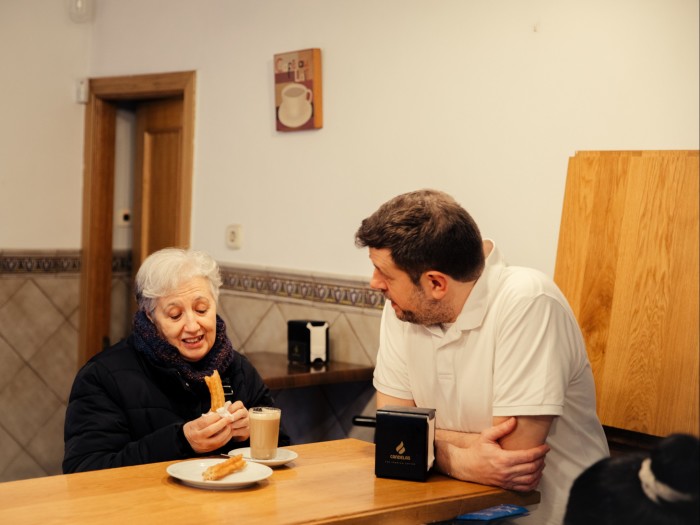
I also come for the people. On a typical morning, I’m surrounded by a cross-section of Madrid: professionals from the nearby courthouse; workers on break from local construction sites; retirees arguing about the Atlético Madrid football club; Ecuadoran waitresses who greet diners with a warm “buenas”.
And the churros are exemplary: they’re not too oily, with a clean crunch, a soft-but-not-doughy middle and a lingering, satisfying salt residue after the bite.
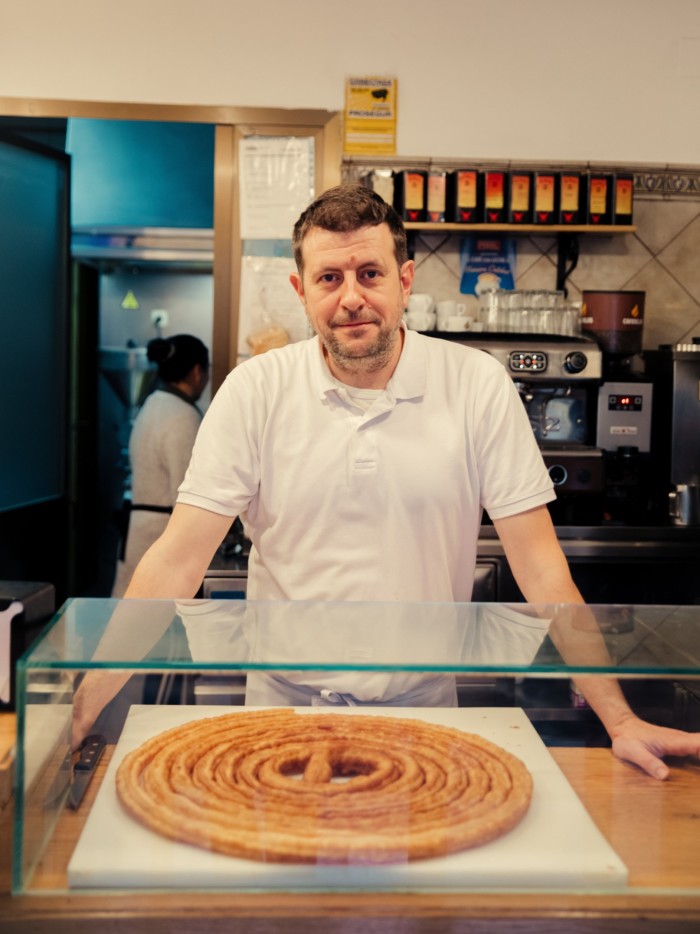
“There’s no secret to making churros,” Cortijo says mischievously: use good basic ingredients, get a few decades’ experience and cook them with love and enjoyment. “I like what I do, so it goes well,” he says.
Cortijo starts mixing the batter by hand at 4am, adjusting the recipe based on the weather that day (humidity and temperature affect the dough), and taste-tests it (“the first churro I make in the morning, I eat it”). He opens for business at 6am, frying churros to order in the back, then carrying them out on a metal stick called a pincho.
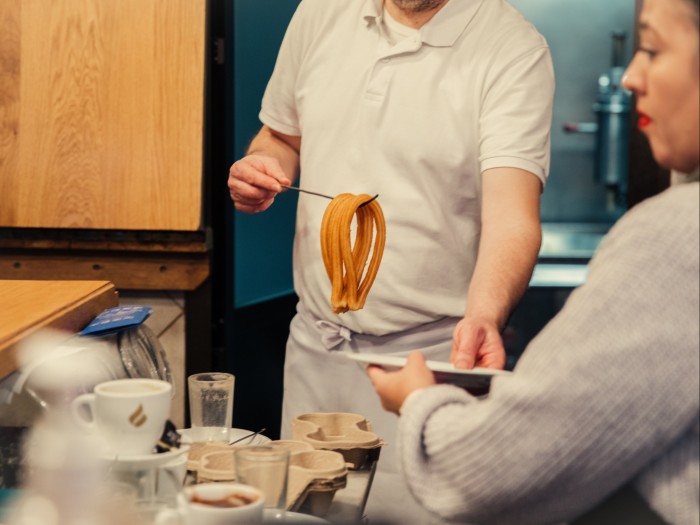
He now serves non-fat milk and oat milk, but he’s predictably against newfangled churros doused in chocolate or even just sprinkled with sugar. “I want the churro to taste like a churro and the porra to taste like a porra,” he says. “If you add something else, they lose their grace.”
It’s the first time I’ve heard anyone discuss churros with an (albeit slightly ironic) religious fervour. Churros aren’t Spain’s madeleine, carrying people back to a happier time, because no one here ever stopped eating them. They’re a humble, ubiquitous, affordable pleasure — a perfect, crunchy bite that brings people together, and hasn’t really changed at all.
Your Madrid churrería address book
Bar Muñiz, Calle de Calatrava 3, 28005 Madrid
Chocolatería San Ginés, Pasadizo de San Ginés 5, 28013 Madrid
Churrería Apodaca, Calle de Apodaca 11, 28004 Madrid
Churrería Santa Ana, Calle de Santa Ana 7, 28005 Madrid
Churrería Santa Teresa, Calle de Santa Teresa, 14, 28004 Madrid
Madrid 1883, Calle del Espíritu Santo 8, 28004 Madrid
Siglo XIX, Calle de San Onofre 25, 28701 San Sebastián de los Reyes, Madrid
Tell us about your favourite Madrid churrería in the comments
Follow FT Globetrotter on Instagram at @FTGlobetrotter
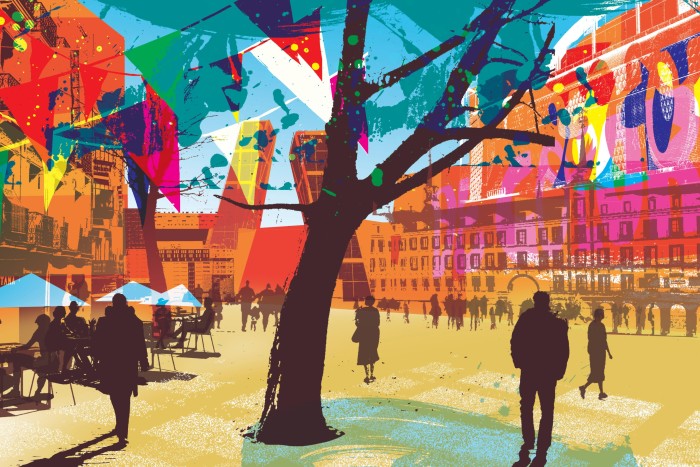
Comments